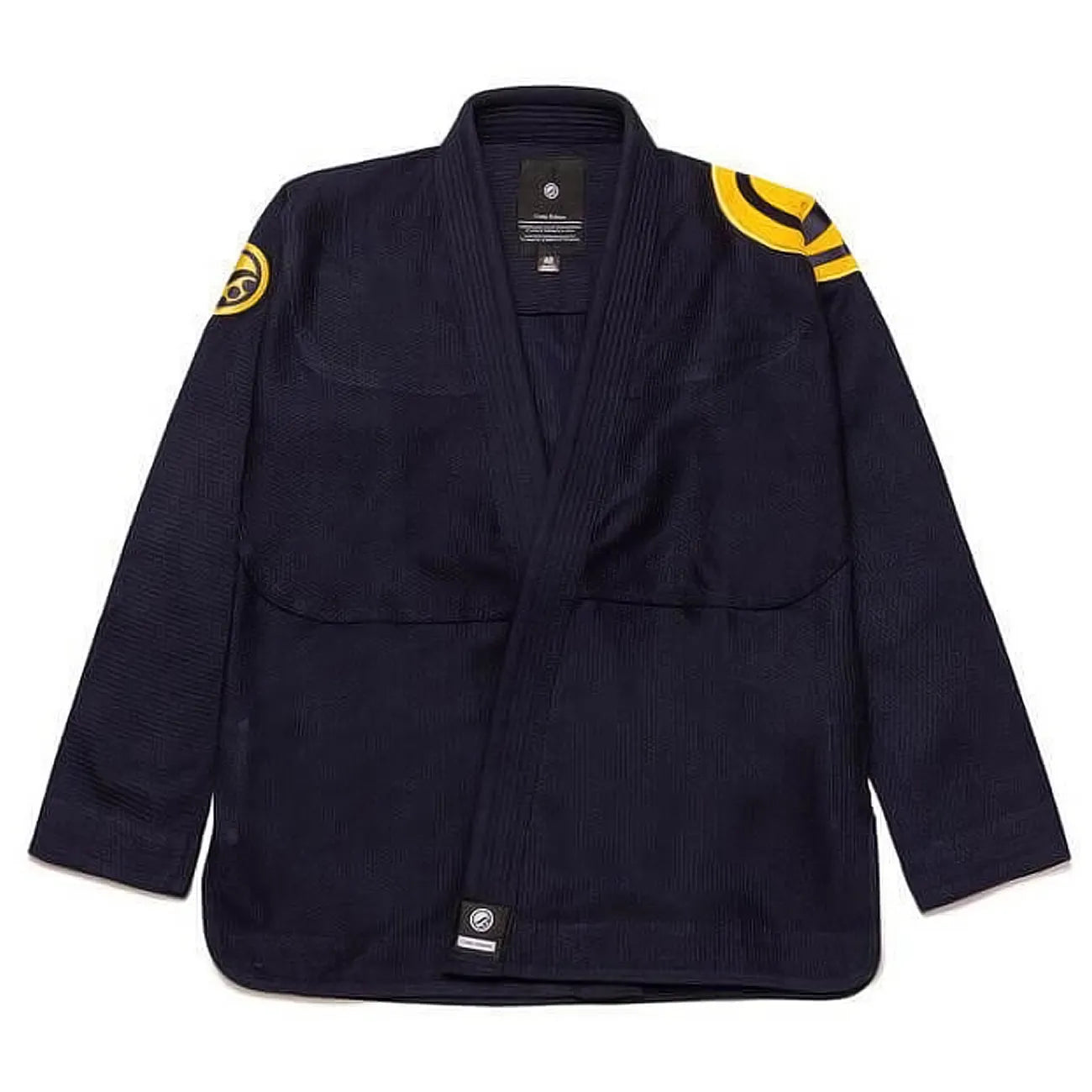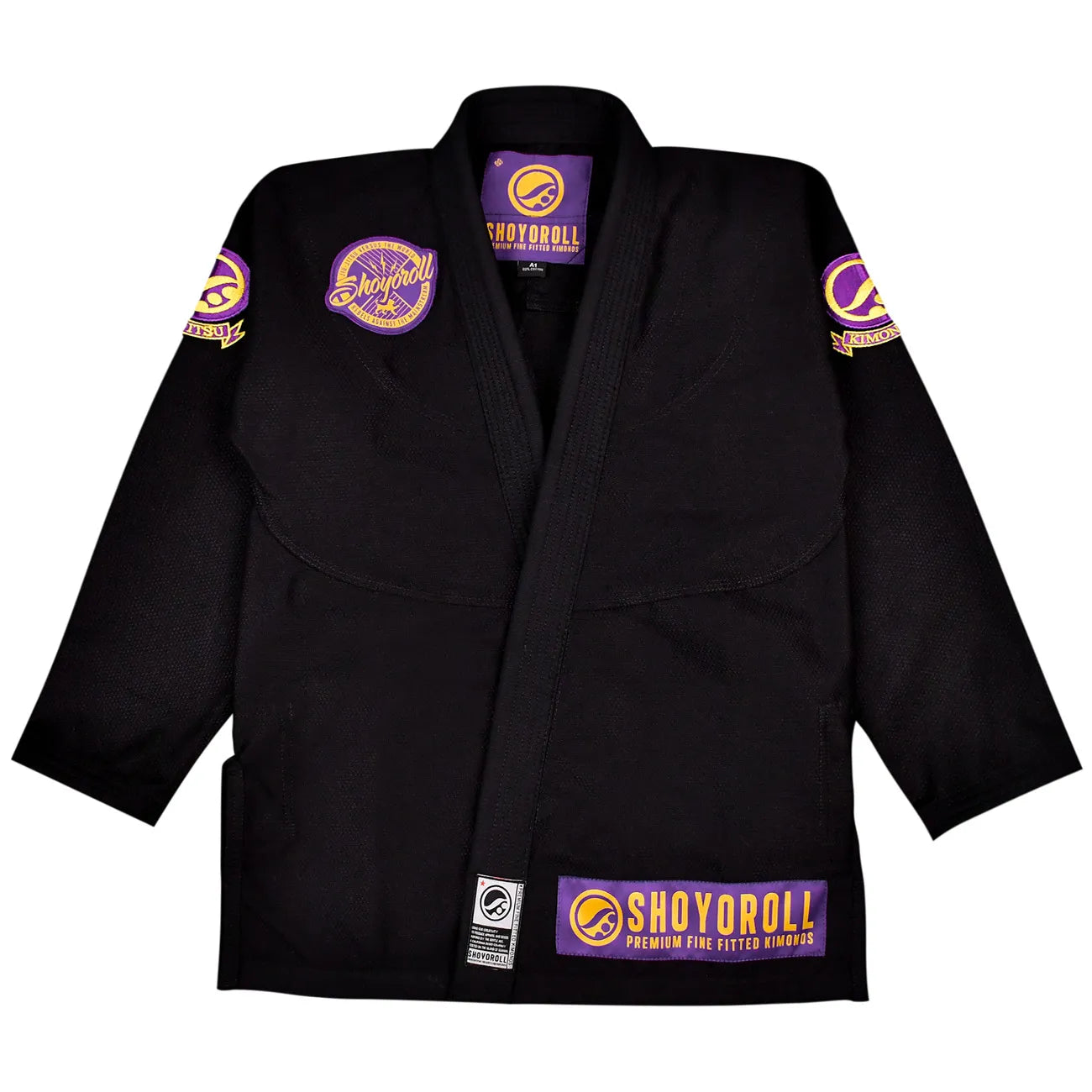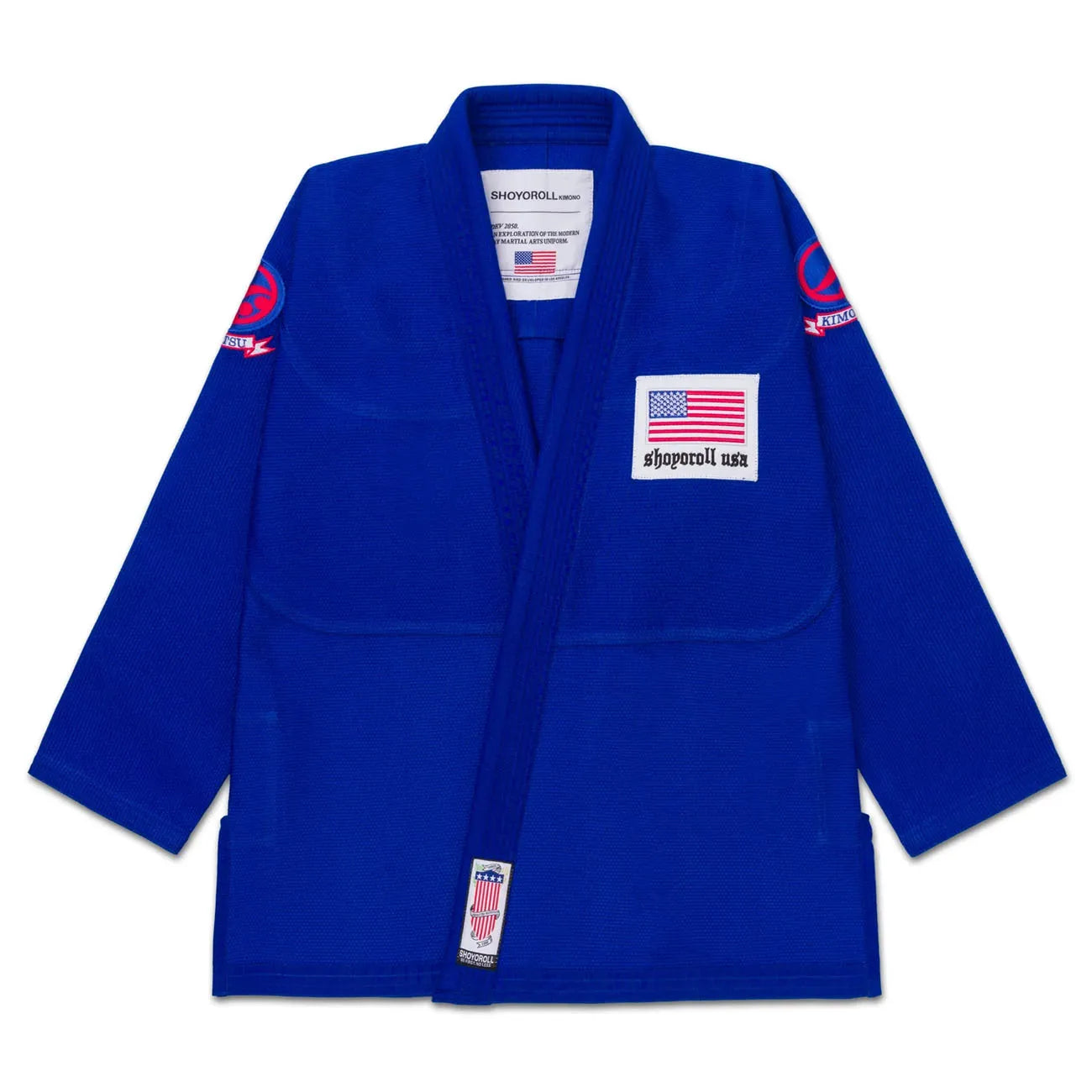Brazilian Jiu Jitsu vs Kickboxing: Which Martial Art Is Right for You?
Are you thinking about learning a martial art? Maybe you’re stuck choosing between Brazilian Jiu Jitsu (BJJ) and kickboxing. Both are exciting and offer unique benefits. This article compares BJJ and kickboxing in detail. It covers their styles, benefits, and how to start. By the end, you’ll know which one fits your goals. Let’s dive in!
Table of Contents
- What Is Brazilian Jiu Jitsu?
- Who Should Try BJJ?
- What Is Kickboxing?
- Brazilian Jiu Jitsu vs Kickboxing: Key Differences
- Which Martial Art Suits Your Goals?
- Can You Learn Both BJJ and Kickboxing?
- How to Get Started with BJJ or Kickboxing?
- Final Words: BJJ or Kickboxing—Which Will You Choose?
- Frequently Asked Questions (FAQs)
What Is Brazilian Jiu Jitsu?
Brazilian Jiu Jitsu is a popular martial art. It’s all about grappling and fighting on the ground. Let’s explore what makes BJJ special.
The Basics of BJJBJJ focuses on controlling your opponent. It uses techniques like joint locks and chokes. You don’t need to punch or kick. Instead, you learn to submit your opponent. BJJ came from judo and was developed in Brazil by the Gracie family. It’s great for close-range fighting. For example, if someone grabs you, BJJ teaches you how to escape or win. According to the International Brazilian Jiu Jitsu Federation, BJJ has over 1 million practitioners worldwide. |

|
Key Benefits of Learning Brazilian Jiu Jitsu
Brazilian Jiu Jitsu (BJJ) is more than just a martial art—it’s a fantastic way to improve your body and mind. Whether you want to get fit, boost confidence, or learn self-defense, BJJ offers unique benefits. Below are the key advantages of practicing BJJ, explained simply.
- Improves Flexibility and Core Strength: BJJ involves a lot of twisting and turning. These movements stretch your muscles. They also strengthen your core, making everyday tasks easier.
- Enhances Problem-Solving Skills: BJJ is like a chess game with your body. You learn to think strategically to outsmart opponents. This sharpens your brain.
- Great for Self-Defense: BJJ teaches you to control a bigger opponent without striking. You can use techniques like chokes or joint locks. It’s perfect for real-world situations.
- Builds Mental Toughness: Rolling (sparring) in BJJ challenges you.
- It helps you stay calm when things get stressful. This mental strength helps in life, too.
- Provides a Full-Body Workout: BJJ works every muscle in your body. A 2018 study in the Journal of Strength and Conditioning Research found it boosts endurance and strength.
- Boosts Confidence: Mastering BJJ techniques feels empowering. You’ll feel more confident in your abilities, both on and off the mat.
Best Selling Product

🔥 SAVE UPTO 50% - Limited Time Offer
✅ 30 Days Return & Refund Policy
🚚 Free Worldwide Shipping
Who Should Try BJJ?
BJJ is perfect for many people. It’s great for smaller individuals because it relies on technique, not strength. If you like strategy, you’ll love BJJ. It’s also ideal for those who want to learn ground-based self-defense. For example, if you’re worried about being tackled, BJJ gives you skills to handle it. Even kids and older adults can learn BJJ. It’s low-impact but challenging. If you enjoy teamwork and learning, BJJ’s community vibe is a big plus.
What Is Kickboxing?
Kickboxing is a high-energy martial art. It’s all about striking with punches and kicks. Let’s break down what kickboxing is all about.
The Basics of KickboxingKickboxing combines punches from boxing and kicks from karate. You fight standing up, not on the ground. It’s fast and exciting. You learn moves like jabs, hooks, and roundhouse kicks. Some styles, like Muay Thai, also include knee strikes. Kickboxing started in the 1950s in Japan and spread worldwide. It’s perfect for staying at a distance in a fight. For example, you can keep an opponent away with a strong kick. |

|
Key Benefits of Learning Kickboxing
Kickboxing is an exciting martial art that energizes your body and mind. It’s perfect for fitness, self-defense, or just having fun. Whether you’re a beginner or want to boost your skills, kickboxing offers amazing benefits. Here’s why you should try it.
- Burns Tons of Calories: Kickboxing is a high-energy workout. It can burn up to 800 calories per hour, according to Healthline. This makes it great for weight loss.
- Improves Cardio and Leg Strength: Throwing punches and kicks boosts your heart rate. It strengthens your legs, too. You’ll feel faster and more powerful.
- Enhances Coordination: Kickboxing teaches you to move your hands and feet together. This improves balance and coordination. For example, landing a perfect roundhouse kick feels amazing.
- Great for Self-Defense: You learn to strike hard and fast. Punches and kicks help you protect yourself. It’s ideal for staying safe in stand-up situations.
- Boosts Confidence: Hitting pads or a bag is empowering. Mastering new moves makes you feel strong. This confidence carries into everyday life.
- Relieves Stress: Kickboxing is a fun way to let off steam. Punching and kicking feels great after a long day. It’s like a workout and therapy in one.
- Teaches Discipline and Respect: As kickboxing legend Ernesto Hoost said, “Kickboxing teaches you discipline and respect while keeping you fit.” Classes build focus and a positive mindset.
 |
Who Should Try Kickboxing?Kickboxing is awesome for active people. If you love fast-paced workouts, this is for you. It’s great for those who want to improve fitness or learn striking skills. For example, if you’ve ever watched a boxing movie and wanted to punch like a pro, kickboxing is a good fit. It suits people who prefer fighting from a distance. Beginners, teens, and adults can all enjoy it. If you want a workout that feels like a sport, kickboxing is perfect. |
Brazilian Jiu Jitsu vs Kickboxing: Key Differences
Now that we know the basics, let’s compare BJJ and kickboxing. Understanding their differences helps you choose the right one.
Here’s a clear comparison of Brazilian Jiu Jitsu (BJJ) and kickboxing to help you understand their differences. This table covers fighting style, training, self-defense, and more.
|
Aspect |
Brazilian Jiu Jitsu (BJJ) |
Kickboxing |
|
Fighting Style |
Ground-based grappling. Focuses on submissions like chokes and joint locks. |
Stand-up striking. Uses punches, kicks, and sometimes knees. |
|
Core Techniques |
Armbars, chokes, sweeps. Aims to control or submit opponents on the ground. |
Jabs, hooks, roundhouse kicks. Aims to strike from a distance. |
|
Training Style |
Slower-paced but intense. Involves drilling techniques and rolling (sparring). |
High-energy and fast. Includes pad work, bag work, and sparring. |
|
Fitness Benefits |
Builds flexibility, core strength, and endurance. Full-body workout. |
Boosts cardio, leg strength, and coordination. Burns up to 800 calories/hour. |
|
Self-Defense Use |
Best for close-range fights. Great for escaping grabs or controlling larger opponents. |
Ideal for keeping distance. Effective for quick strikes and escaping threats. |
|
Mental Focus |
Strategic, like a chess game. Teaches problem-solving and staying calm under pressure. |
Fast-paced and reactive. Builds quick thinking and confidence under pressure. |
|
Best For |
People who like strategy, smaller individuals, ground-based self-defense. |
People who love high-energy workouts, prefer striking, or want stand-up skills. |
|
Gear Needed |
Gi or rashguard, mouthguard. Costs around $50–$100 for a basic gi. |
Gloves, shin guards, mouthguard. Basic gloves cost around $30. |
Fighting Style Comparison
BJJ and kickboxing are very different. BJJ is about grappling and submissions. You take the fight to the ground. Common moves include armbars, chokes, and sweeps. Kickboxing is about striking. You stay on your feet and use punches, kicks, and sometimes knees. Here’s a quick comparison:
- BJJ: Ground fighting, submissions, control-based.
- Kickboxing: Stand-up fighting, punches, kicks.
For example, in BJJ, you might pin someone down. In kickboxing, you’d keep them at a distance with a kick. These styles suit different situations.
Training and Workouts
BJJ training is intense but slower-paced. You drill techniques like chokes or sweeps. Then you “roll” (spar) with a partner. It’s like solving a puzzle with your body. A typical BJJ class lasts 60–90 minutes. Kickboxing training is high-energy. You hit pads, bags, or spar with a partner. Classes include cardio drills and technique practice. They’re fast and sweaty. For example, a kickboxing session might have you throwing 100 punches in a minute. BJJ feels strategic; kickboxing feels like a sprint.
Self-Defense EffectivenessBoth martial arts are great for self-defense, but they work differently. BJJ is best for close-range situations. If someone grabs you or takes you down, BJJ helps you escape or submit them. It’s especially effective against bigger opponents. Kickboxing shines in stand-up scenarios. You can strike quickly and keep your distance. For example, a well-placed kick can stop an attacker before they get close. According to a 2020 survey by Martial Arts Magazine, 68% of self-defense experts recommend combining striking and grappling for real-world situations. |

|
Which Martial Art Suits Your Goals?
Choosing between BJJ and kickboxing depends on your goals. Let’s look at how they match different needs.
Fitness and Health Goals: Both martial arts are great for fitness, but they focus on different areas. BJJ improves flexibility, core strength, and endurance. It’s a full-body workout that strengthens muscles you didn’t know you had. Kickboxing is a cardio powerhouse. It improves agility, leg strength, and coordination. A 2021 fitness study found that kickboxing burns more calories than most martial arts. If you want to lose weight, kickboxing might be better. If you need better mobility, BJJ is the way to go.
Self-Defense Goals: Your self-defense needs matter. BJJ is amazing for one-on-one situations. It’s great if you’re grabbed or pinned. For example, BJJ teaches you to escape from under a heavier person. Kickboxing is better for staying on your feet. It’s ideal for quick escapes or dealing with multiple attackers. For instance, a fast jab can create space to run. If you’re worried about being tackled, choose BJJ. If you want to avoid close contact, pick kickboxing.
Fun and Lifestyle Fit: BJJ and kickboxing have different vibes. BJJ has a tight-knit community. Classes feel like a team effort. You’ll bond with training partners while learning. It’s perfect if you like strategy and focus. Kickboxing has a high-energy, exciting vibe. Classes are loud and fast, with music and action. If you love intense workouts, kickboxing feels like a party. For example, if you enjoy deep thinking, BJJ suits you. If you want to feel like a movie fighter, try kickboxing.
Can You Learn Both BJJ and Kickboxing?
You don’t have to choose just one. Many fighters combine BJJ and kickboxing. Let’s see why this works.
Cross-training is common in mixed martial arts (MMA). UFC fighters like Conor McGregor use both striking and grappling. Combining BJJ and kickboxing makes you well-rounded. You’ll learn to fight standing up and on the ground. It’s great for self-defense and fitness. Start with one martial art for 6–12 months. Then add the other to avoid feeling overwhelmed. For example, you could do BJJ on Mondays and kickboxing on Wednesdays. Cross-training keeps workouts fun and varied.
How to Get Started with BJJ or Kickboxing?
Ready to try BJJ or kickboxing? Here’s how to begin. It’s easier than you think!
Finding a Gym or Class
Look for local gyms that offer BJJ or kickboxing classes. Search online for “BJJ near me” or “kickboxing classes near me.” Check reviews on Google or Yelp. Many gyms offer free trial classes. Visit a few to find the right vibe. For example, a good gym has friendly coaches and clean facilities. Ask about beginner classes. Most gyms welcome new students with no experience.
What You’ll Need
You don’t need much to start. For BJJ, you’ll need a gi (uniform) or rashguard. A gi costs about $50–$100. For kickboxing, get gloves and shin guards. Basic gloves cost around $30. Wear comfortable workout clothes for both. You can buy gear later as you progress. Most gyms provide loaner equipment for beginners. For example, you can try a class with just a T-shirt and shorts.
Shoyoroll Feature Products

🔥 SAVE UPTO 50%
✅ 30 Days Return & Refund
🚚 Free Worldwide Shipping

🔥 SAVE UPTO 50%
✅ 30 Days Return & Refund
🚚 Free Worldwide Shipping

🔥 SAVE UPTO 50%
✅ 30 Days Return & Refund
🚚 Free Worldwide Shipping
Final Words: BJJ or Kickboxing—Which Will You Choose?
Brazilian Jiu Jitsu and kickboxing are both awesome martial arts. BJJ is great for grappling, strategy, and close-range self-defense. Kickboxing is perfect for striking, cardio, and fighting from a distance. Your choice depends on your goals. Want a mental and physical challenge? Try BJJ. Love high-energy workouts? Go for kickboxing. You can even combine them for the ultimate skill set.
Why not take the first step? Find a local gym and try a free class this week. Both BJJ and kickboxing will make you stronger, more confident, and ready for anything. Which one will you pick? Let us know in the comments!
Frequently Asked Questions (FAQs)
Here are answers to common questions about Brazilian Jiu Jitsu and kickboxing. They’ll help you pick the right martial art.
Is Brazilian Jiu Jitsu or Kickboxing Better for Self-Defense?
Both are great for self-defense, but they shine in different situations. BJJ is best for close-range fights. It helps if someone grabs you or takes you to the ground. You learn to control or submit an opponent. Kickboxing is better for keeping distance. You can use punches and kicks to stop an attacker. For example, a quick kick can create space to escape. Experts often recommend learning both for complete self-defense skills.
Can Beginners Start BJJ or Kickboxing?
Yes, both are beginner-friendly. Most BJJ and kickboxing gyms have classes for new students. You don’t need any experience. Coaches teach simple moves, like a BJJ sweep or a kickboxing jab. Start with 1–2 classes a week. Gyms are usually welcoming, and you’ll fit right in.
How Long Does It Take to Get Good at BJJ or Kickboxing?
Progress depends on how often you train. With 2–3 classes a week, you’ll see improvement in 6–12 months. BJJ is more technical, so it may take 1–2 years to earn a blue belt. Kickboxing skills, like punches and kicks, can improve in 6 months. For example, you might master a roundhouse kick faster than a BJJ armbar. Consistency matters most.
Is BJJ or Kickboxing Better for Fitness?
Both are awesome for fitness, but they focus on different areas. Kickboxing burns more calories—up to 800 per hour, according to Healthline. It’s great for cardio, agility, and leg strength. BJJ builds flexibility, core strength, and endurance. If you want a high-energy workout, pick kickboxing. If you want a full-body challenge, try BJJ.
Can I Learn BJJ and Kickboxing at the Same Time?
Yes, you can! Many MMA fighters train in both. It makes you a well-rounded fighter. Start with one for 6–12 months to learn the basics. Then add the other to avoid feeling overwhelmed. For example, try BJJ on Mondays and kickboxing on Thursdays. Cross-training keeps things fun and improves your skills.








